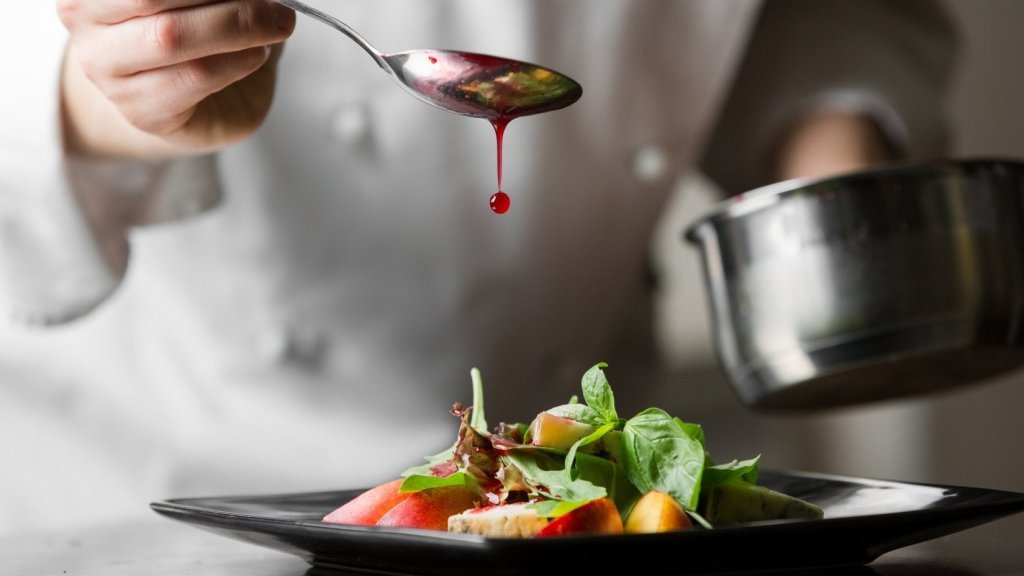Introducing a restaurant to the world involves much more than perfecting a menu; it calls for designing an inviting space that resonates with guests, equipping a kitchen for efficiency and consistency, and assembling a team capable of delivering outstanding service. Achieving success in the culinary scene requires attention to these fundamental pillars to ensure that every detail contributes to a memorable dining experience. Keep reading as this article delves into essential strategies for crafting an unforgettable restaurant atmosphere, streamlining kitchen operations, and fostering a team ethos rooted in hospitality and excellence.
Designing a Memorable Restaurant Interior: Creating the Perfect Ambiance
The allure of any restaurant extends beyond its culinary offerings to encompass its interior design, which plays a pivotal role in attracting and retaining customers. Attention to detail in design elements can create an inviting atmosphere that complements the dining experience.
A practical layout facilitates a seamless service flow, guiding guests effortlessly from the entrance to their tables while ensuring staff can navigate the space efficiently. Balanced space planning can also accommodate various dining experiences, whether patrons seek a cozy corner for an intimate dinner or a vibrant area for a social gathering.
Lighting design is a critical component that shapes the restaurant’s ambiance, with different intensities and shades setting the tone for each time of day. Strategic lighting enhances the aesthetics of the interior, highlights architectural features, and can even influence the perceived quality of food, making it an indispensable aspect of interior design.
Ensuring guest comfort remains paramount, and investing in a reliable HVAC system, such as one from I.C.E. Heating & Cooling, is essential. A well-maintained climate control system ensures guests remain comfortable regardless of seasonal changes, solidifying the restaurant’s reputation as a year-round destination for fine dining and comfort.
Optimizing Your Restaurant Kitchen: Essential Equipment and Workflow Tips
The heart of any restaurant beats in its kitchen, where efficiency is just as critical as the flavor of each dish served. High-quality, durable equipment forms the foundation for any kitchen, with commercial ranges, refrigeration units, and ovens indispensable to daily operations. A robust kitchen setup not only stands up to the wear and tear of service but also facilitates the culinary team’s need for consistency and speed.
Experts often emphasize the importance of a well-thought-out kitchen layout, which should promote a fluid and logical workflow. Positioning equipment to minimize cross-contamination and allow cooks to move effortlessly between stations can drastically cut down service times and reduce staff stress.
Maintaining a pulse on the latest technology in the culinary industry can offer a restaurant a substantial advantage. Modern innovations, from high-efficiency combination ovens to rapid-cooling blast chillers, enhance food safety and improve workflow, opening up menu expansion and culinary creativity possibilities. If you’re looking for top-notch equipment in your area, a quick internet search like “commercial restaurant equipment Las Vegas” can provide many options tailored to your needs.
Training the kitchen staff on proper equipment use and maintenance schedules can extend the life of investments and keep the kitchen running smoothly. Knowledgeable staff can preempt equipment issues before they escalate into costly problems, ensuring that service remains uninterrupted and guest experiences remain positive.
Building a Winning Team: Hiring and Training for Restaurant Success
The foundation of a successful restaurant is its team, where each member’s contribution is integral to the establishment’s triumph. Therefore, assembling a team of dedicated professionals with the right mix of skills and attitudes is vital. Hiring individuals who possess the requisite culinary or hospitality experience and share in the restaurant’s vision can set the stage for a cohesive and productive work environment.
Training initiatives must be comprehensive, ensuring new hires understand their roles thoroughly. In addition to customer service and operational protocols, training should include food safety, health regulations, and emergency procedures, equipping the team with the knowledge necessary for peak performance under various circumstances.
Managers should instill a culture of continuous improvement, providing regular performance reviews and opportunities for professional growth. By recognizing and nurturing talent, restaurants can create an empowered workforce capable of delivering exceptional service and adapting to the dynamic nature of the hospitality industry.
Lastly, effective communication is the glue holding the team together, necessitating clear channels for feedback and collaboration. Encouraging open dialogue between staff and management fosters a sense of ownership and unity, reflected in the quality of customer experience and the restaurant’s overall success.
Altogether, successfully opening a restaurant hinges on meticulously designing an inviting interior, equipping a well-organized kitchen, and cultivating a skilled, motivated team. Focusing on these key areas can create a memorable dining experience that attracts and retains customers, ensuring long-term success in the competitive culinary landscape.
Also Read: Fapegram: Your Next Social Media Platform

